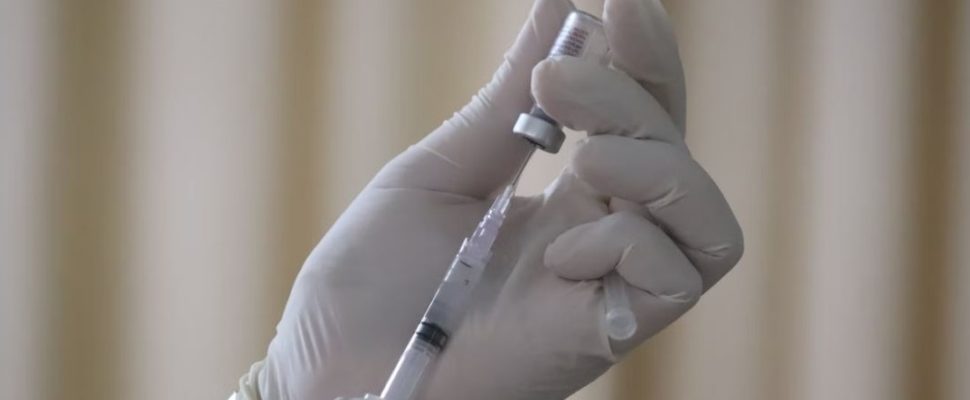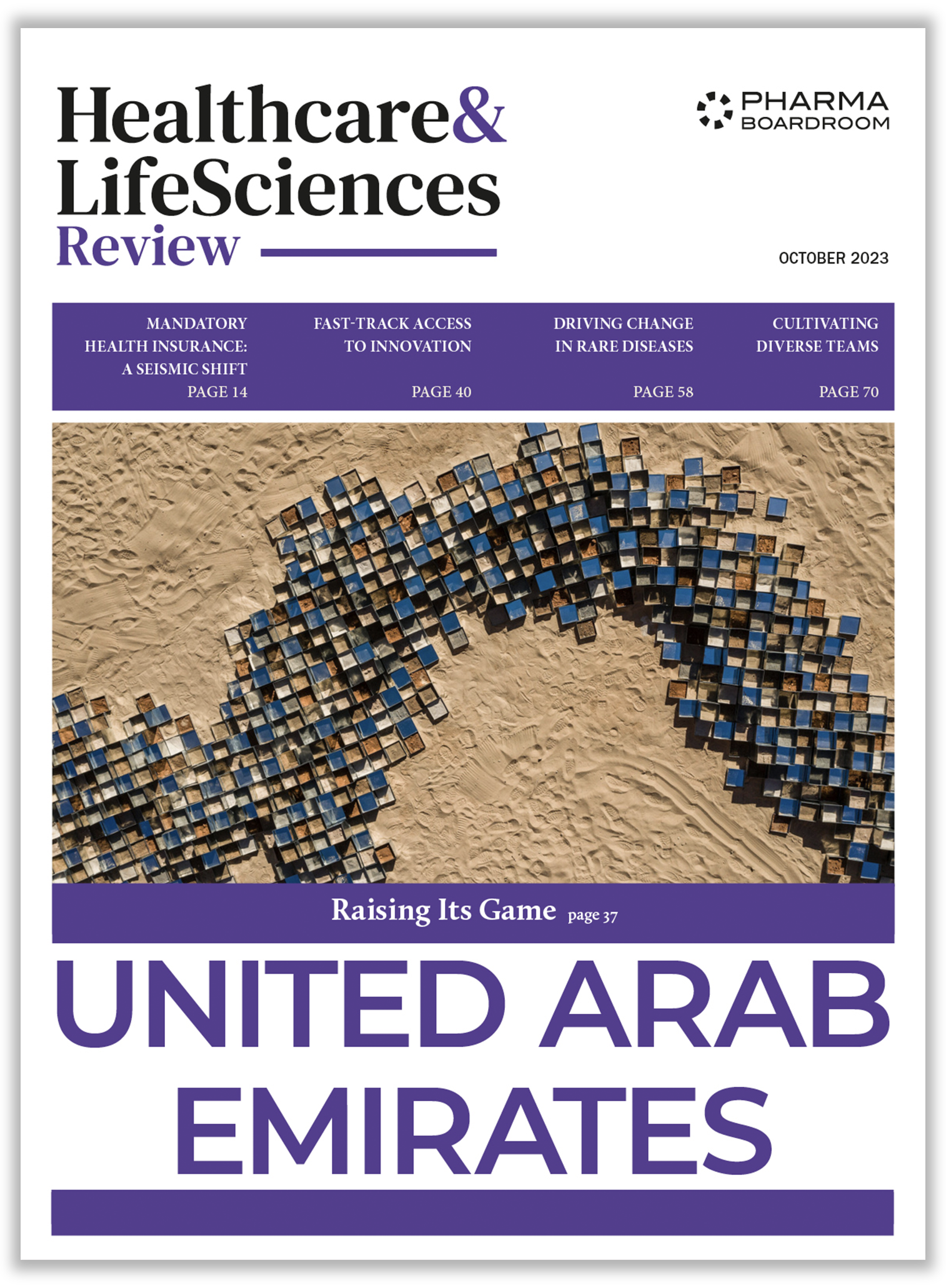Spain is playing an important role in the production of COVID-19 vaccines with four Spanish companies involved in vaccine manufacturing projects, three of them doing fill and finish and one with an original vaccine candidate. Unfortunately, Spain’s vaccine manufacturers have faced quality control issues resulting in major recalls.
“The message was that certain strategic assets needed to be produced locally in the European Union.”
Ignasi Biosca, CEO, Reig Jofre
The country had the misfortune of becoming one of the first global epicenters of the pandemic after China and Italy, but with over 85 percent of the population vaccinated against COVID-19 by June 2022, Spain boasts one of the highest inoculation rates in Europe and the world. What’s more, it has managed to secure a key role in the manufacturing of the vaccines for the continent.
At least four Spanish companies have been involved in COVID-19 vaccine projects: Rovi, Zendal, Reig Jofre and Hipra.
Among them, only Hipra has developed its own candidate, which as of May 2022 is under rolling review by the European Medicines Agency. The company, based in Catalonia, was an unexpected contender as it did not previously work in human health. But it did have decades-long expertise with animal vaccines – Hipra occupies the sixth position in the global rankings of animal health vaccines and remains the company with the most registered vaccines with the EMA in the last 10 years with 22.
“Since we have worked with all kinds of vaccines, including viruses, bacteria and protozoan parasites, we felt very comfortable when jumping to human vaccines,” says Carles Fàbrega, Hipra’s managing director of the newly created Human Health business unit.
In Galicia, Spain’s northwest corner, another animal health player has shifted towards COVID-19 vaccines. The Zendal Group, through its subsidiaries CZ Vaccines and Biofabri, collaborated with the Spanish National Research Council (CSIC) on two projects and was chosen to handle production in the European Union of the antigen of Novavax’s shot.
A third company, Catalonian family-owned outfit Reig Jofre, has signed an agreement to produce the Johnson & Johnson’s COVID-19 vaccine. The deal, CEO Ignasi Biosca told HCLS, reflects the concern about having a strong local manufacturing base. “The message was that certain strategic assets needed to be produced locally in the European Union.”
Among the four companies, Madrid-based Rovi is perhaps the most notable, signing a deal with Moderna early in the pandemic to conduct fill and finish of the American company’s mRNA vaccines for markets outside of the United States.
The deal, according to Reuters, helped Rovi triple its revenue in the first nine months of 2021. And although both companies signed a 10-year extension early in 2022, the production has seen two major setbacks related to quality control that put the spotlight on inspection procedures in Spain.
Bumps on the road
“Distant assessments may seem promising and the solution to expedite procedures, [but] to ensure quality of manufacturing, first we need to create new inspection procedures.
María Jesús Lamas, Spanish Medicines Agency
Rovi’s first hiccup was the recall of three batches in August 2021 that had been shipped to Japan due to stainless steel contaminants found in some vials. Takeda – which distributes Moderna’s vaccine in Japan – blamed human error as the cause. The human error occurred at Rovi’s Madrid facilities.
The second blow came too in the form of a major recall, this time of 765,000 Moderna vaccines after a mosquito was found in a vial in the south of Spain. The vaccines were distributed in Spain, Portugal, Poland, Norway and Sweden. Norwegian authorities, according to El País newspaper, concluded that a mosquito “entered the vial during production and was not detected by quality control.”
Under the spotlight, María Jesús Lamas, the head of Spain’s top medicines regulator – in charge of overseeing manufacturing plants – called for “new inspection procedures” to ensure quality of manufacturing and said that distant assessments were a solution in a moment of crisis, but do not seem like a model for the future.
“Distant assessments may seem promising and the solution to expedite procedures, [but] to ensure quality of manufacturing, first we need to create new inspection procedures. From our experience, inspectors’ performance [during distant assessments] is hindered, it is less dynamic, more difficult to take the lead and initiative. There is less capacity to assess equipment status. Peripheral information is important because not everything is on the documents, and we miss this kind of information with distant assessments.”



